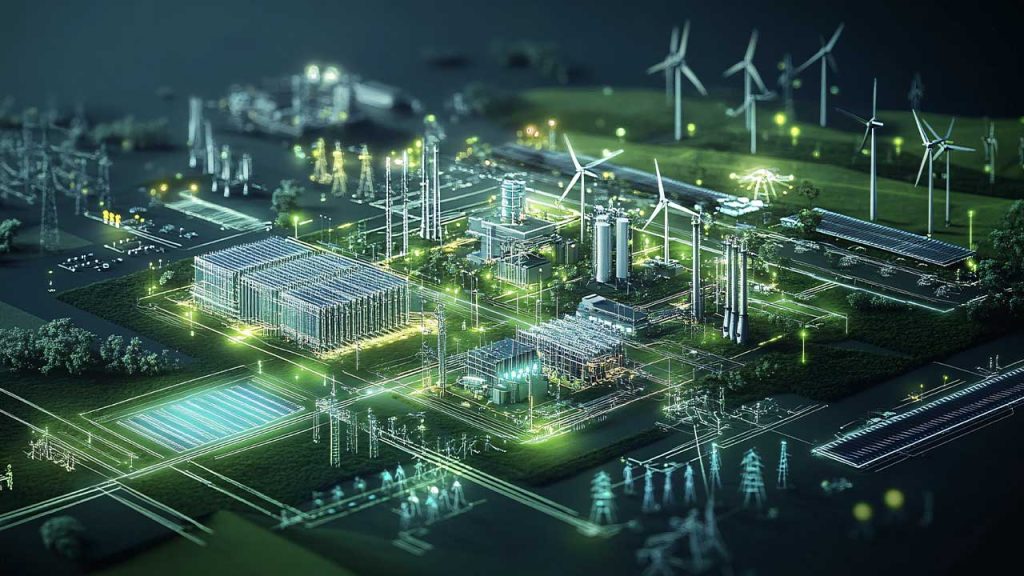Feedstocks, Funding, and the Future: What’s Holding Back Industrial Decarbonization
In plants that run around the clock — refineries, chemical complexes, cement kilns — the path to lower emissions doesn’t begin with a new reactor or a carbon pledge. It begins with data. Yet the one piece of data the industrial world still struggles to capture accurately is product-level carbon intensity — the actual emissions embedded in every liter of fuel, every ton of chemical, every megajoule of energy delivered.
This missing measurement explains why industrial decarbonization remains more complicated than swapping a feedstock or installing new automation. Without a consistent way to calculate CO₂-equivalent per unit of output, even the most advanced facilities can’t prove how sustainable their products really are.
The Metric That Doesn’t Exist (Yet)
Industrial operators are experts in quantifiable parameters — viscosity, calorific value, octane, and purity. Carbon intensity is different. It can’t be measured by a sensor or verified in a lab. It must be modeled from process data, energy inputs, and supply-chain footprints. That makes it both essential and elusive.
The result is an uneven playing field: one plant’s “low-carbon” product may not be comparable to another’s. As industries prepare for carbon pricing, emissions trading, and certification systems, the lack of a single, auditable metric will slow adoption and distort incentives.
Developing trustworthy carbon-intensity accounting, embedded directly into industrial automation and data systems, could give manufacturers the same precision they already apply to quality and yield.
Why Capital Still Dictates Climate Progress
Technology isn’t the main barrier to decarbonization — capital is. Most large plants were designed for a 20-to-30-year life cycle based on fossil-fuel economics. Replacing or retrofitting them requires investors willing to bet on new molecules, new markets, and new policy frameworks.
In the fossil era, energy systems changed once in a generation. Today, technology lifecycles are shorter, regulations move faster, and market signals shift overnight. That volatility makes it difficult to model returns or de-risk infrastructure. As a result, many decarbonization projects stall not for technical reasons but because the payback math doesn’t close.
Digital twins and lifecycle modeling tools are starting to change that equation. By simulating performance, cost, and emissions outcomes under multiple future scenarios, they can reveal how a retrofit or new process performs over its entire lifetime — a crucial step toward unlocking financing at scale.
Feedstocks: The Hidden Instability in “Renewable”
Switching from petroleum to bio-based or waste-derived feedstocks seems like progress, but it introduces a new kind of fragility. A plant designed to process tallow, used cooking oil, or rapeseed may depend on agricultural cycles or waste-collection networks that fluctuate seasonally or regionally.
If that material dries up, the entire business case can collapse. Unlike crude oil, which flows from a stable global market, renewable feedstocks are fragmented and highly localized. Operators must now monitor not only process conditions but also the availability, price, and carbon profile of every incoming shipment.
Integrating supply-chain analytics into plant operations — predicting feedstock availability, quality, and sustainability in real time — is becoming as important as monitoring temperature or pressure.
Borrowed Efficiency
There’s a surprising efficiency gap between legacy heavy industry and emerging clean-tech operations. In mature sectors like refining, a single unit of thermal energy can be reused up to seven times through heat recovery and process integration. In contrast, newer industries such as data centers or battery manufacturing typically use that same energy only once or twice before it’s lost.
Closing that gap represents one of the fastest ways to cut industrial emissions without waiting for breakthrough technologies. As IIoT systems and automation create shared data environments, practices developed in high-efficiency process plants can now inform design decisions in younger, energy-intensive sectors.
A Transition Built on Measurement
For all the ambition surrounding sustainability, progress depends on visibility — on knowing exactly how much carbon is embedded in each output, how stable the feedstock is, and how long the investment will hold its value. The decarbonization race won’t be won by the boldest target but by the most verifiable data.
When industry can measure carbon with the same rigor it measures throughput and efficiency, sustainability becomes an operational discipline, not a declaration.
This article was developed from an interview with Lewis Sweet, General Manager for Sustainable Fuels & Chemicals / Sr. Director, Integrated Climate Solutions at Honeywell International Inc., recorded during Honeywell User Group 2025 in The Hague, Netherlands. The trip was supported by Honeywell.
About the author
Lucian Fogoros is the Co-founder of IIoT World.



